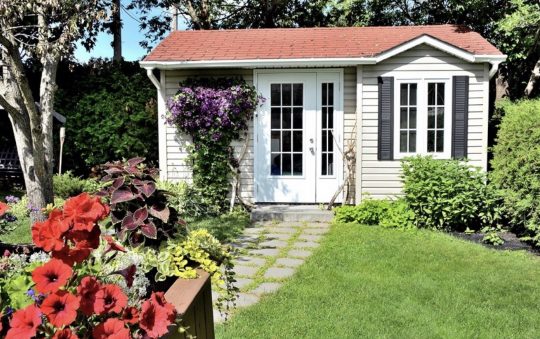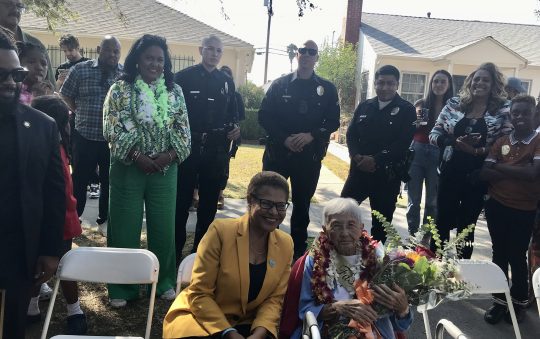
As one of the leaders of the Southern California Black Chamber of Commerce, I have witnessed many success stories in the Black business community; small businesses that have grown into corporations, local restaurants that have become pillars in their community, entrepreneurs who have taken a vision and succeeded at something no one else has done. But for every success story there are countless others who have the talent, intelligence, and vision to succeed, but lack the opportunity because they are trapped in a cycle of financial uncertainty. Far too many Black Californians are living paycheck to paycheck, never able to get ahead, in large part because of the unsustainably high cost of housing in California.
According to data released by the Federal Reserve, Black business owners are the most likely to apply for a bank loan but more than 50% are turned down–twice the rate of White businesses. While there are numerous issues of systemic racism that factor into this denial rate, one of the main factors is a lack of intergenerational wealth that can be used for loan collateral. Today, for every dollar of wealth held by a White family, Black families only have about fifteen cents. This is due in large part to differences in homeownership, the way in which most American families build wealth.
The process of systematically excluding the Black community from wealth building opportunities dates back to the post civil war area when freed slaves were promised and then denied 40 acres and a mule by the US government. More recently in the 1930s, government housing policies deliberately prevented Black families from purchasing a home. Redlining policies–rampant throughout California and the entire US–institutionalized segregation by refusing to insure mortgages in Black neighborhoods while subsidizing the mass production of new all-white subdivisions. Additionally, Black veterans were excluded from the VA loans offered to white veterans, despite serving in the same war.
Cut off from buying homes in desirable middle-class neighborhoods, Black families missed out on the most monumental century of wealth building in our nation driven by skyrocketing home prices and ballooning real estate equity. By the time the Fair Housing Act passed in 1968 white families’ home values had already increased ten-fold, while homes in Black neighborhoods plummeted in value. The result over time: Black families had pennies on the dollar of white families to start small businesses, invest in more property, and send their kids to college.
Fast forward to 2021- the effects of redlining policies persist and the wealth gap continues to widen. Only 34% of Black people in California are homeowners. Saving enough for a down payment is the largest obstacle to first-time homeownership in California, especially because renting generally costs more than 30% of a household’s income.
While there is no one solution that can reverse the persistent damage inflicted on Black communities by redlining, there are concrete steps we can take now to help more families buy homes and unlock the wealth and credit building power that homeownership affords.
Our state legislature is currently considering a common sense bill to help put homeownership within reach of more people of color. AB 946 by Assemblymember Alex Lee would redirect approximately $230 million annually to a loan and down-payment assistance pool that will enable roughly 23,000 families to become first-time homeowners. This program would be funded by simply ending the mortgage interest tax deduction on second homes–a tax break that currently provides only minimal benefits to the 2.8% of wealthy Californians who own vacation homes. Rather than California taxpayers subsidizing a relatively small number of wealthy owners of second homes, the taxes those owners avoided – on average $1,000 annually – would be directed to help roughly 23,000 families buy their first home.
The money will be directed to California’s housing Finance Agency’s MyHome Assistance Program and other homeownership programs. The large majority of these loans typically go to people making less than $100,000 annually, and 65-70% of CalHFA first-time home loans go to communities of color.
There are many steps that need to be taken to address the legacy of redlining. This includes legalizing affordable, multi-family housing in more high-opportunity neighborhoods, protecting and empowering tenants vulnerable to displacement, making it faster, cheaper, and easier to build homes, and providing more public funding for subsidized housing. But the impact of home ownership on financial security cannot be overstated. Passing AB 946 is a critical part of any housing plan designed to create a more equitable California.
Willie Ellison is CEO of Sapphire Marketing and the director of marketing and corporate partnerships for the Southern California Black Chamber of Commerce, a business organization dedicated to improving the economic environment for the minority business community, and fostering business development and prosperity.







